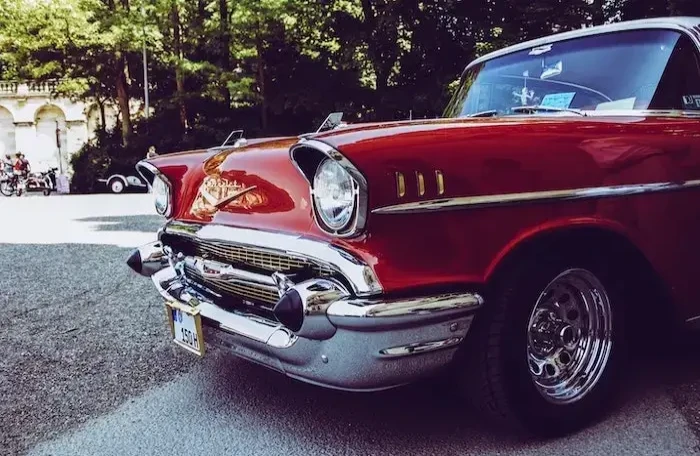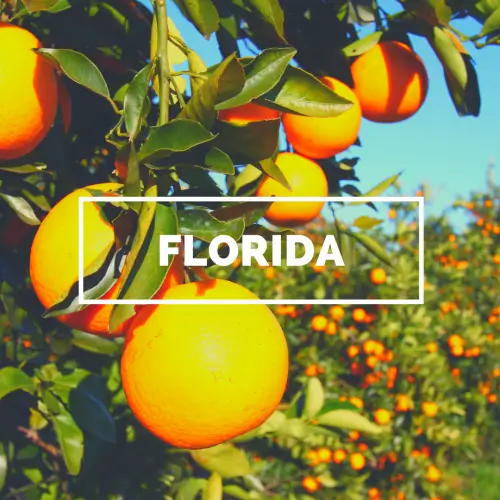What does Top Load mean in auto transport?

Lila Claybourne
Apr 01, 2022

There are a number of words you may not understand if you are unfamiliar with the car transport industry. How well versed are you in the terminology of a Bill of Lading? Not sure what the "first available ship date" means. In addition to top-load transport, which you should request when planning for antique automobile shipping, there are additional terms you may hear but not understand.
Your vehicle may necessitate the use of a "top-load transport." Despite the fact that you may be able to get by without understanding all of the jargon in a field, wouldn't it be nice if you did?
What does "Top Load" mean?
When you hear the phrase "top load," the phrase refers to the area of the transport truck where your car will be positioned for transportation. Top load refers to the fact that your vehicle will be placed on the highest, or most elevated, level of the transport truck. When you request top-load transportation and pay a small additional fee, you may be assured that your vehicle will be transported on the highest possible level. When it comes to arranging classic car transportation, this location is great.
When is "Bottom Load" an issue?
Your vehicle will most likely be transported alongside a number of other vehicles if you choose to select the most common mode of transportation, open auto shipping, as your mode of transportation. Despite the fact that the most majority of new vehicles are delivered to dealerships by open transit, all of those vehicles are brand new. When loading a truck, you never know what condition the other vehicles are in, therefore if your vehicle is placed on the lowest level of the truck beneath an older vehicle, it may not be the ideal placement.
Many older automobiles have a tendency to leak fluids, and if the vehicle in question is right over your vehicle, fluids may spill onto your automobile. Although most people shipping their vehicles are not concerned about fluid leakage, when shipping a classic car via open transport, it is important to pay the additional fees to ensure that your vehicle is on top and protected from leaking fluids during shipment.
Road debris - rocks, parts flying off work trucks, dirt, and more
If you are someone who travels on the highway on a regular basis, you are probably aware of the amount of debris that can accumulate on the road. Among the highway landscape's elements are dirt, boulders, automobile components, and tire treads. Unfortunately, road debris can fly up from beneath the tires of other vehicles, particularly trucks, and into your vehicle, causing damage to the engine and transmission. A automobile can sustain minor dents and dings due to flying rocks and even airborne dirt and debris. Even when it hits the window in the proper manner, road debris has been known to cause windshield fractures in some cases.
If your vehicle is loaded onto the bottom level, it will be significantly more vulnerable to flying road debris than it would be otherwise. Having your car loaded into the upper level, on the other hand, provides extra protection.
The decision to use top-load transport while transporting a historic car is entirely up to you and your circumstances. Even though road debris and leaking fluids are things that can happen, not paying for top load does not rule out the possibility of them happening. Including top load in your purchase provides you with additional peace of mind as well as an additional safety to protect your car.
In order to ensure complete security and greater piece of mind, you might consider transporting your vehicle in an enclosed transport vehicle instead. It will be completely shielded from the elements and will not come into touch with any of the weather elements such as rain, snow, or sunlight during the transportation process.
Related Posts
















